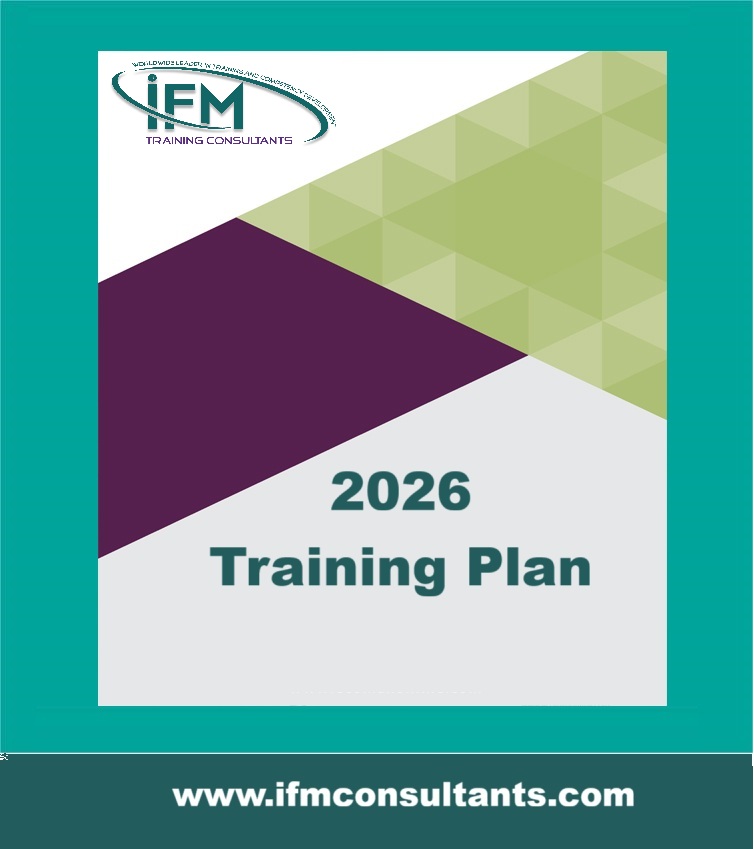Rotating Machinery Principles and Applications
| Start Date | End Date | Venue | Fees (US $) | ||
|---|---|---|---|---|---|
| Rotating Machinery Principles and Applications | 16 Nov 2025 | 20 Nov 2025 | Riyadh, KSA | $ 3,900 | Register |

Rotating Machinery Principles and Applications
| Start Date | End Date | Venue | Fees (US $) | |
|---|---|---|---|---|
| Rotating Machinery Principles and Applications | 16 Nov 2025 | 20 Nov 2025 | Riyadh, KSA | $ 3,900 |
Introduction
The program will introduce delegates to the different types of pumps, motors and drives, and their associated terminology. Centrifugal and positive-displacement pumps and compressors, packing, mechanical seals and sealing systems, bearings, and couplings will all be discussed.
The application of the different types of pumps and compressors will be discussed along with their suitability for different operational duties. Pumps, centrifugal compressors, and turbines operation, troubleshooting and maintenance will be dealt with in-depth.
Objectives
- Have an understanding of the different types of pumps, compressors and turbines.
- Be able to operate pumps, compressors and turbines as close as possible to the design efficiency.
- Will be able to monitor pump compressor and turbine efficiency, availability and reliability.
- Have learnt about selection, operation and maintenance strategies.
The participants will be able to enhance knowledge of the oil field rotating equipment design, specification and classification of rotating equipment.
At the end of this program participants will:
Training Methodology
A highly interactive combination of lectures and discussion sessions will be managed to maximize the amount and quality of information and knowledge transfer. The sessions will start by raising the most relevant questions, and motivate everybody to find the right answers. The delegates will also be encouraged to raise their own questions and to share in the development of the right answers using their own analysis and experiences. Tests of multiple-choice type will be made available on a daily basis to examine the effectiveness of delivering the course.
Who Should Attend?
This program is directed towards Mechanical, Senior Mechanical Engineers and Operation Engineers. The program will also benefit anyone who wishes to update themselves on Maintenance Engineering Technologies, judge the suitability of these technologies for their needs, and learn how to implement them for the benefit of their organization.
Course Outline
COMPRESSION AND EXPANSION MECHANISMS
- Compression Basics
- Euler’s law, applications for compressors and turbines,
- characteristic curves
- velocities triangle
Blade types
- Impulse profile and Reaction profile – where each type are used and why.
Dynamic Effects
- Mach number: effect on temperature, pressure and density;
- Subsonic and supersonic machines
Simple Calculations
- Dimensionless coefficients, specific speeds
COMPRESSORS & TURBINES
- Compressor types: positive displacement (reciprocating and rotary), and dynamic (centrifugal and rotary), compressor operation, gas laws
- Compressor performance measurement, inlet conditions, compressor performance, the energy available for recovery
- Positive displacement compressors, reciprocating compressors, reciprocating compressors, diaphragm compressors.
- Rotary compressors, rotary screw compressor, lobe type air compressor, sliding vane compressors, liquid ring compressors
- Dynamic compressors, centrifugal compressors, axial compressors
- Air receivers, compressor control, compressor unloading system
- Intercoolers and aftercoolers, filters and air intake screens
- Preventive maintenance.
CENTRIFUGAL AND AXIAL COMPRESSORS
- Principle of operation of centrifugal and axial flow compressors, characteristics of centrifugal and axial flow compressor
- Surging, choking, bleed valves, variable stator vanes, inlet guide vanes
COMPRESSOR SYSTEMS CALCULATIONS
- Affinity Laws for centrifugal compressors
- Calculations of air leaks from compressed-air systems, the annual cost of air leakage
- Centrifugal compressor power requirement
- Compressor selection, calculations of air system requirements
- Characteristics of reciprocating compressors and blowers
- Selection of air distribution system, water cooling requirements for compressors
- Sizing of compressor system components, sizing of air receiver
- Calculations of receiver pump-up time
PUMPS
- Pump definition, pump categories: dynamic and displacement reciprocating & rotary
- Centrifugal pumps: theory of operation of a centrifugal pump, casings and diffusers, radial thrust, hydrostatic pressure tests
- Impeller, axial thrust, axial thrust in multistage pumps, hydraulic balancing devices, balancing drums, balancing disks
- Centrifugal pumps general performance characteristics, cavitation, net positive suction head and requirements
BEARINGS & LUBRICATION
- Types of bearings, ball, and roller bearings, stress during rolling contacts
- Statistical nature of bearing life, materials and finish, sizes of bearings, types of rolling bearings, thrust bearings
- Used oil Analysis: proper lube oil sampling technique, test description and significance, visual and sensory inspections, chemical and physical tests, water content, viscosity, emission spectrographic analysis, infrared analysis, total base number (TBN), total acid number (TAN), particle count, summary
PUMP SELECTION
- Engineering of system requirements, fluid type, system head curves, alternate modes of operation, margins, wear, future system changes
- Selection of pump and driver, pump characteristics, code requirements, fluid characteristics, pump materials, driver type
- Pump specification, specification types, datasheet, codes and standards, bidding documents, technical specification, commercial terms, special considerations, performance testing, pump drivers
- Special control requirements, drawing and data requirements form, quality assurance and quality control, bidding and negotiation
- The public and private sector, bid list, evaluation of bids, cost, efficiency, economic life, spare parts, guarantee/warranty, simple bid evaluation.
MECHANICAL SEALS
- Basic components, temperature control, seal lubrication/leakage, typical single inside pusher seal
- Maintenance recommended on centrifugal pumps, recommended pump maintenance
VIBRATION ANALYSIS AND PREDICTIVE MAINTENANCE
- Vibration instrumentation, velocity transducer, acceleration transducer, transducer selection, time domain, frequency domain, machinery example, vibration analysis
- Vibration causes, forcing frequency causes, unbalance, misalignment, mechanical looseness, bearing defects, gear defects, oil whirl, blade or vane problems, electric motor defects, uneven loading, drive-shaft torsion

















